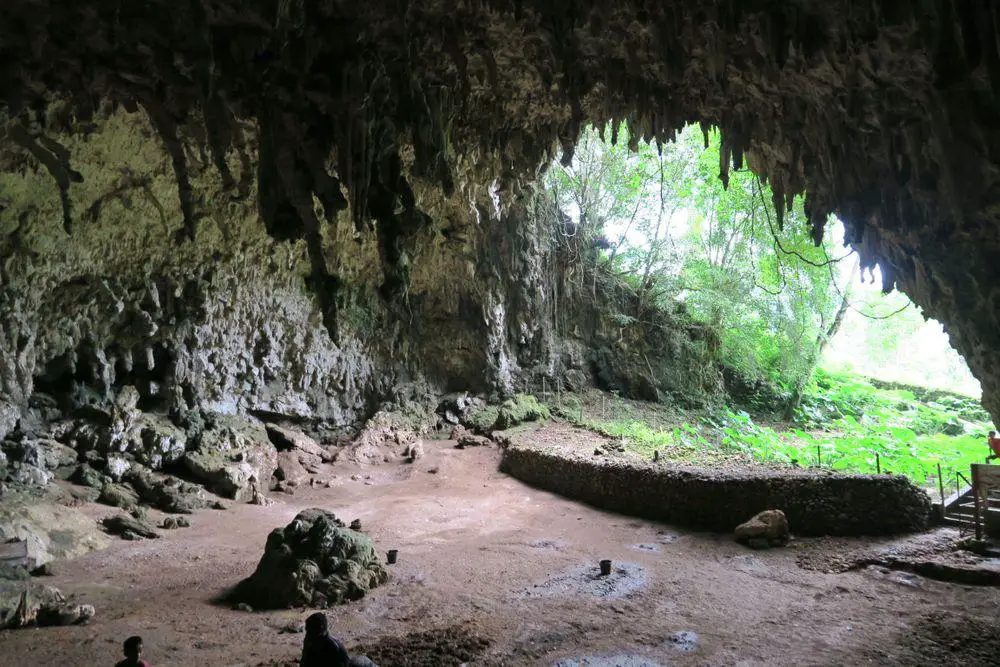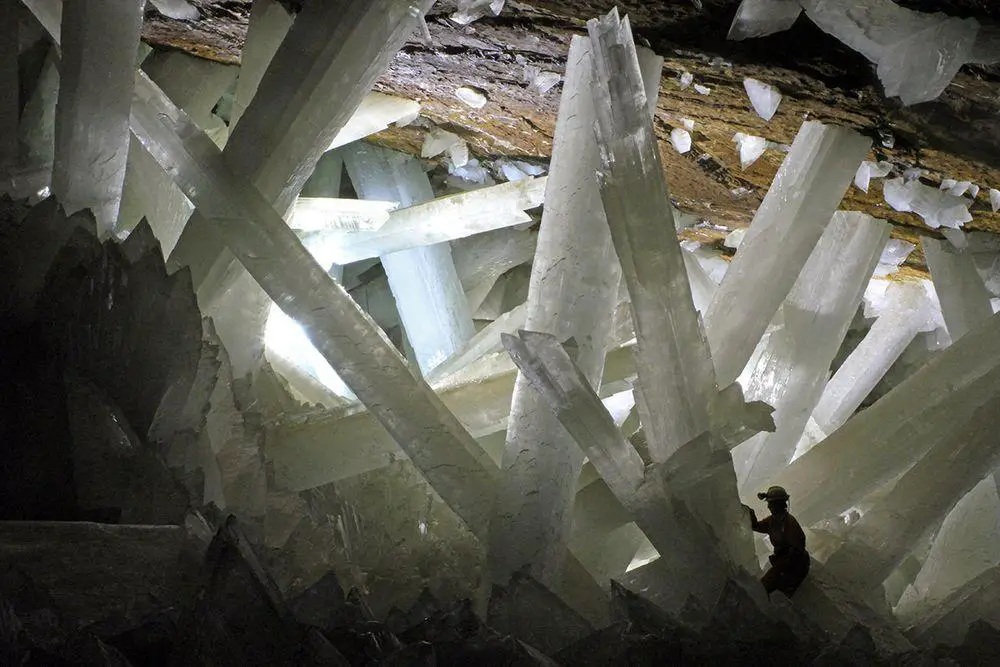World 🢖 Asia 🢖 Indonesia 🢖 East Nusa Tenggara
Early human finds 🢔 Fossil finds 🢔 Biological wonders 🢔 Categories of wonders
Wonder
Liang Bua – the cave of the mysterious Homo floresiensis
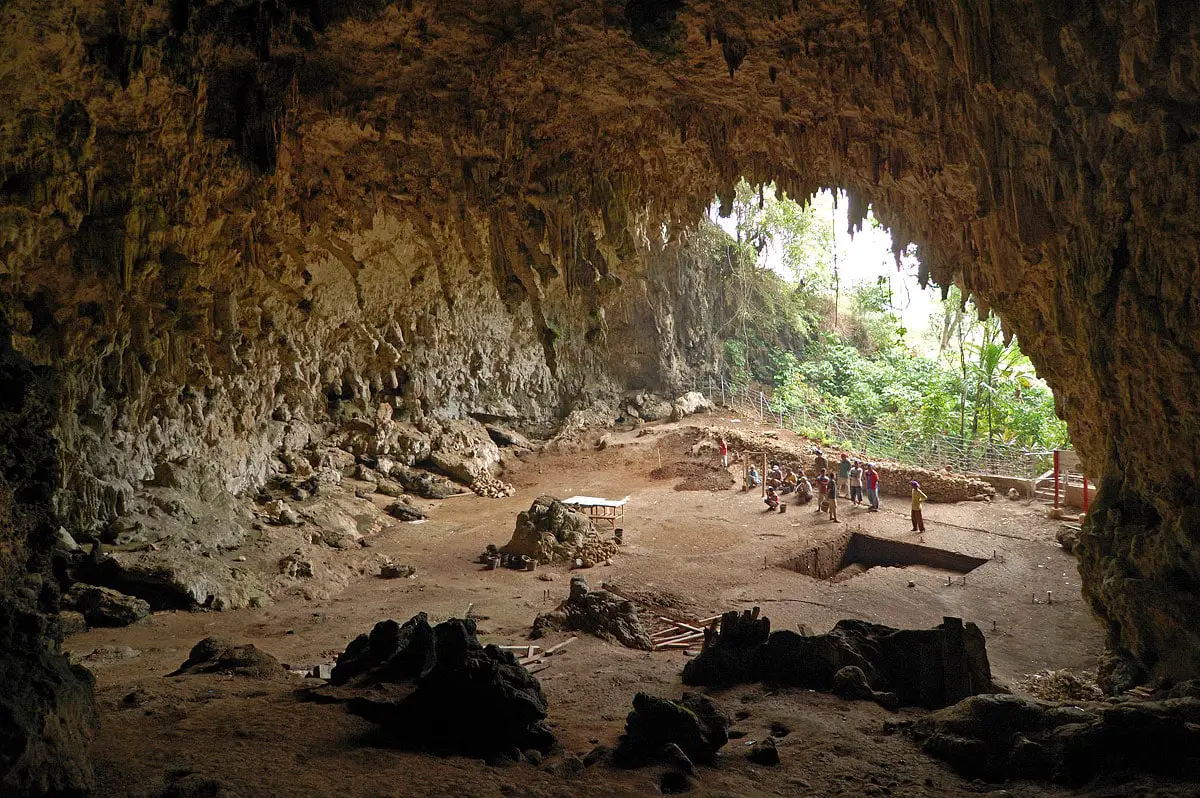
 In short
In short
There happen unusual discoveries but few have been as weird as the sensational finds in the sediments of Liang Bua cave in 2003. Turns out – some 50 thousand years ago in Flores island lived minuscule, dwarf people (Homo floresiensis) who hunted dwarf elephants and maybe were endangered by giant storks!
 49.5%
49.5%
GPS coordinates
Location, address
Meaning of name
Length
Map of the site
If you see this after your page is loaded completely, leafletJS files are missing.
 In detail
In detail
Cave
Liang Bua Cave has been well known to local people for many thousands of years – although they feared it earlier. Reportedly, here lived the spirits of their ancestors. This is a giant, shallow grotto, some 50 m long, 30 – 40 m wide, and 25 – 15 m high at the entrance. Cave long ago was formed by a river in Miocene limestone and now is adorned with numerous small stalactites. The ground of the cave is covered with a thick layer of sediments.
History of research
The large cave with its legends and obviously interesting layers of sediments caused the interest of scientists rather early. It was clear that research here could bring valuable knowledge about the prehistory of Flores.
First excavations were organized by a Dutch priest, Father Theodor Verhoeven, and Indonesian scientists in 1950 and brought valuable knowledge. The research was continued in 1978 by the National Research Centre for Archaeology in Jakarta. Scientists were slowly digging deeper in the thick layer of sediments, receding into the more and more distant path – and new, interesting discoveries were coming one after another.
In 2001 the University of Wollongong (Australia) started a collaboration with Indonesian researchers and under the leadership of Michael Morwood there took place next excavations. Their goal was to find evidence of the migration of modern human – Homo sapiens – from Asia to Australia.
And then came the season of excavations in 2003 – now led by Indonesian scientist Thomas Sutikna. For some time sediments were less interesting and it seemed that the work of expedition is over. But then the spade of one of the most experienced members of the team –
local man Benyamin Tarus (he works in the cave up to this day in 2018) – hit some bones and worldwide sensation happened. There was discovered a new, very unusual species of humans – Homo floresiensis!
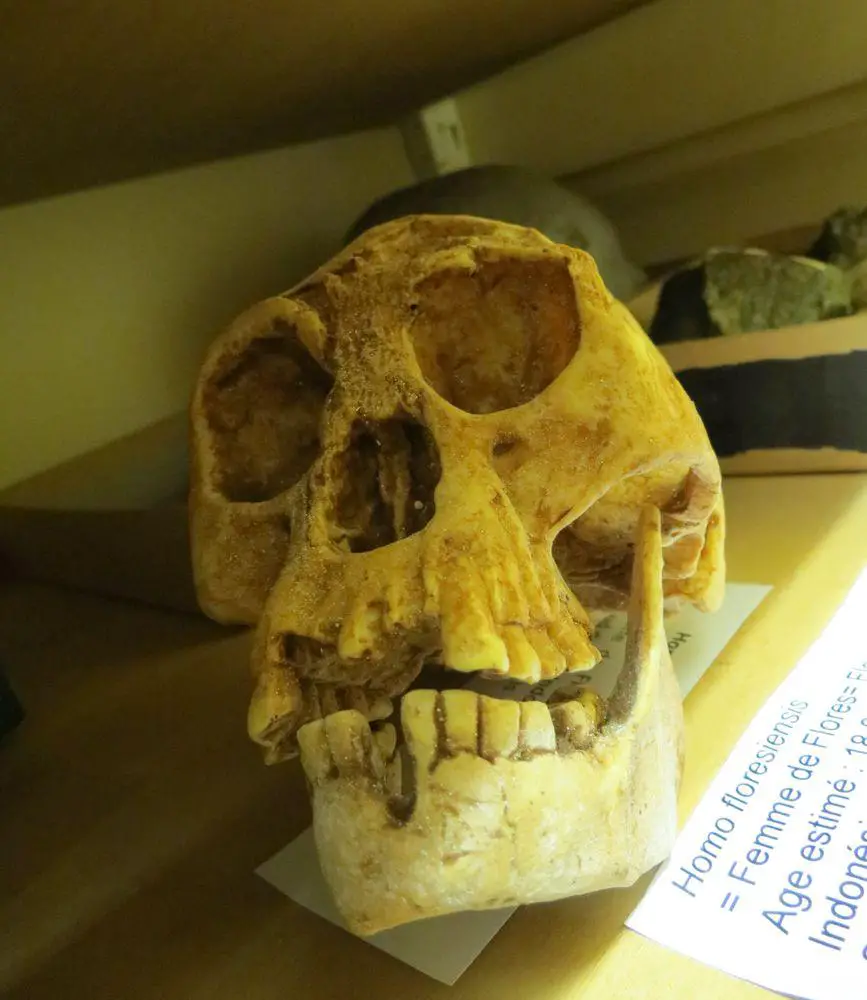
The discovery of Flores people was unveiled to the public in October 2004. At this time the trilogy “The Lord of the Rings” was very popular and the newly discovered dwarf humans were nicknamed “hobits”. It was even proposed to name them Homo hobbitus.
After several years of political and personal disputes, the research continued, now with an increased passion.
Since 2010 excavations and research is done jointly by National Research Centre for Archaeology in Jakarta, the Centre for Archaeological Science, and the Smithsonian Institution’s Human Origins Program. Work is ongoing and new discoveries are made each year.
Homo floresiensis
Find of this dwarf human species was unexpected. Of course, in Indonesia, as in many other places of the world have been popular legends about small people – dwarves. There even live small people – in the nearby Rampasasa village live pygmy people. Nevertheless, these people, most likely, have nothing in common with the extinct humans of Liang Bua.
There still is little known about the Flores Man (Homo floresiensis) – after all, there have been found remnants of only nine people, all in Liang Bua. But something is known.
Is this a separate species?
Some scientists still are in doubt whether the discovered man represents another species. There are proposed theories that this was a group of ill people, affected by e.g. Down Syndrome or just a subspecies to other humans.
Nevertheless, the majority of scientists agree that Homo floresiensis is separate species.
When did they live?
Flores people lived some 190 – 50 thousand years ago. This time frame is not clearly set – most likely they lived here earlier.
The ancestor of Flores people could be another species of humans – Homo habilis. These primitive, comparatively small people lived some 2.1 – 1.5 million years ago, they left Africa and spread to Asia, possibly as far as the Indonesian islands.
As these people reached the smaller Flores Island, the scarce ecosystem could not sustain these comparatively large beings. Started a process of island dwarfism – with each generation the medium height of people decreased.
A very interesting find is some 700 thousand years old human remnants in Mata Menge Cave some 75 km east from Liang Bua. These teeth and part of the jaw belong to locally adapted, dwarfed humans, most likely still belonging to Homo habilis species. It is highly likely that these were the ancestors of Homo floresiensis.
It is somewhat suspicious that they disappeared around the time when the modern people – Homo sapiens – came here. It is tempting to assume, that they were eliminated by the “next” humans – in Liang Bua have been discovered some 46 thousand years old teeth of other, most likely modern humans.
How did they look?
The first discovered specimen – some 30 years old woman – was 1.1 m tall (when she lived). Her weight was around 25 kg. She was comparatively large – another known Homo floresiensis was even smaller – 90 – 100 cm tall.
These people had a small brain, they did not have chins, and had also other significant anatomical differences from the modern man – such as unusually flat and long feet. These seem to be the smallest species of humans and all hominids. Flores man was not too much similar to modern man – it was somewhat closer to early species of humans and even apes.
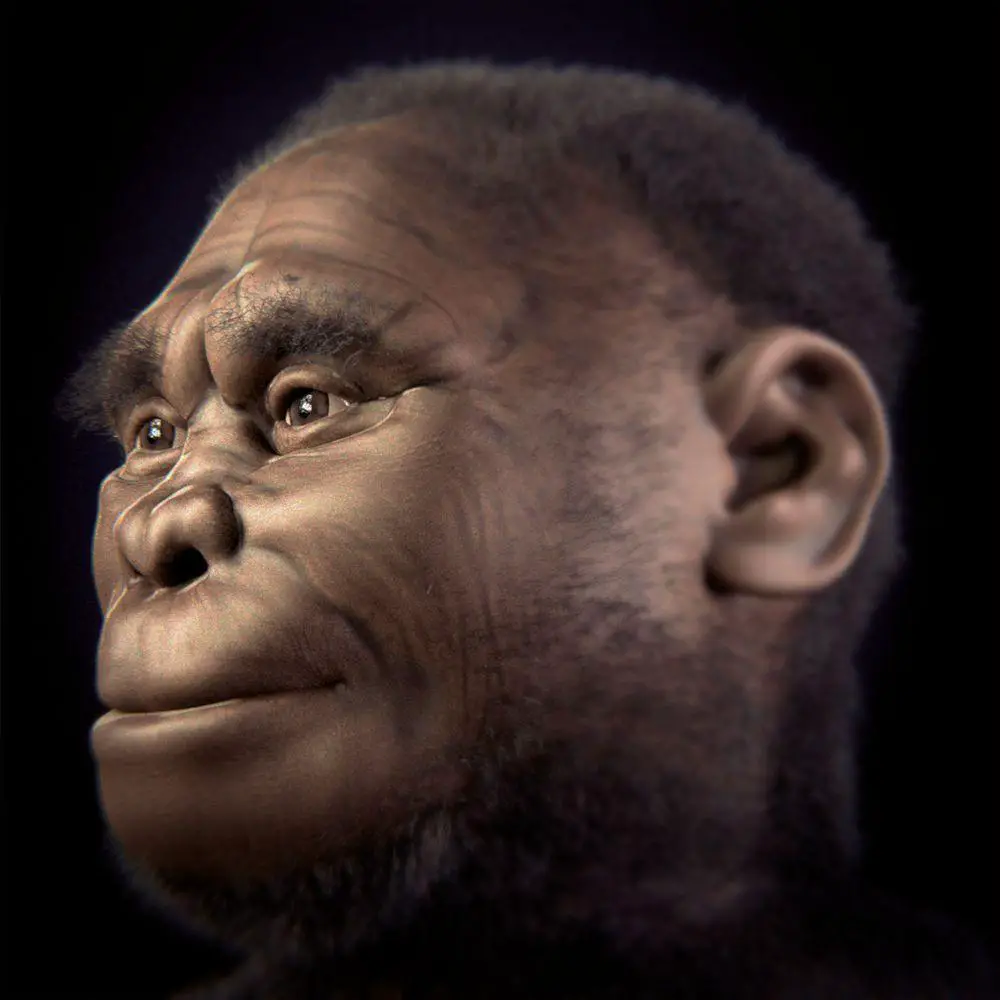
Were they intelligent?
In spite of a small brain, these people were sensible and rational. They made and used stone tools – small ones, corresponding to their stature. It is possible that these people successfully hunted local, dwarf elephants – remnants of this animal were found in the same layer where were found stone tools. It is possible that they even mastered the use of fire.
Other discoveries of Liang Bua
During the exploration, there were made other very interesting discoveries – turns out that Homo floresiensis lived in unusual and often sinister environments.
An important local animal in these times was the dwarf elephant Stegodon florensis insularis. This interesting animal became extinct only 12 000 years ago. Stegodons lived in Africa and Asia and in general, were very large animals, larger than present-day elephants. As they reached islands, with each generation they became smaller. Nevertheless, this was not a small animal: the height of Stegodon florensis insularis reached some 2 m. The dwarf Flores people could be hunting them but stegodons were dangerous adversaries. Liang Bua cave is the main find of these exciting animals.
An unusual find is the giant stork Leptopilos robustus – Liang Bua cave is the main location of its finds as well. This bird was up to 1.8 m tall and up to 16 kg heavy. Most likely it was not capable to fly. This large bird could be dangerous to dwarf people – after all, they were two times taller.
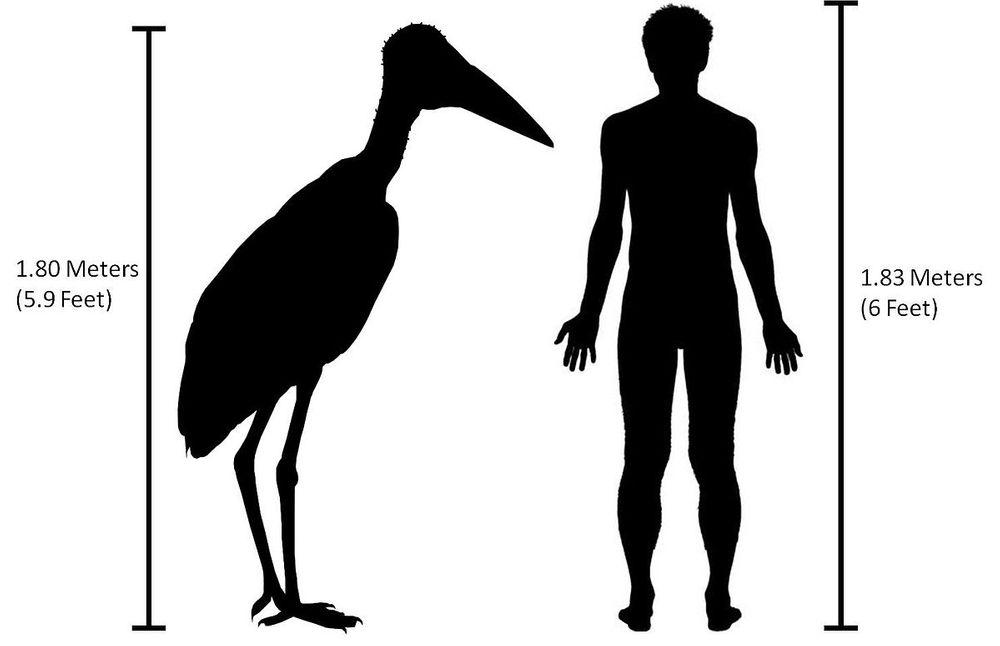
In the cave were found also remnants of Comodo dragons – giant lizards still living on Flores Island. Here have been found bones of numerous other animals, such as the giant rats which now are extinct or nearly extinct.
References
- Flores facts – the Liang Bua Cave skeletons. Accessed in 14 September 2018.
- Future Learn, Homo floresiensis uncovered, last accessed in 12 September 2018
- Thomas Sutikna, Matthew W. Tocheri, et al. Revised stratigraphy and chronology for Homo floresiensis at Liang Bua in Indonesia. Nature volume 532, pages 366–369 (21 April 2016). http://dx.doi.org/10.1038/nature17179
Liang Bua are included in the following article:
 Linked articles
Linked articles
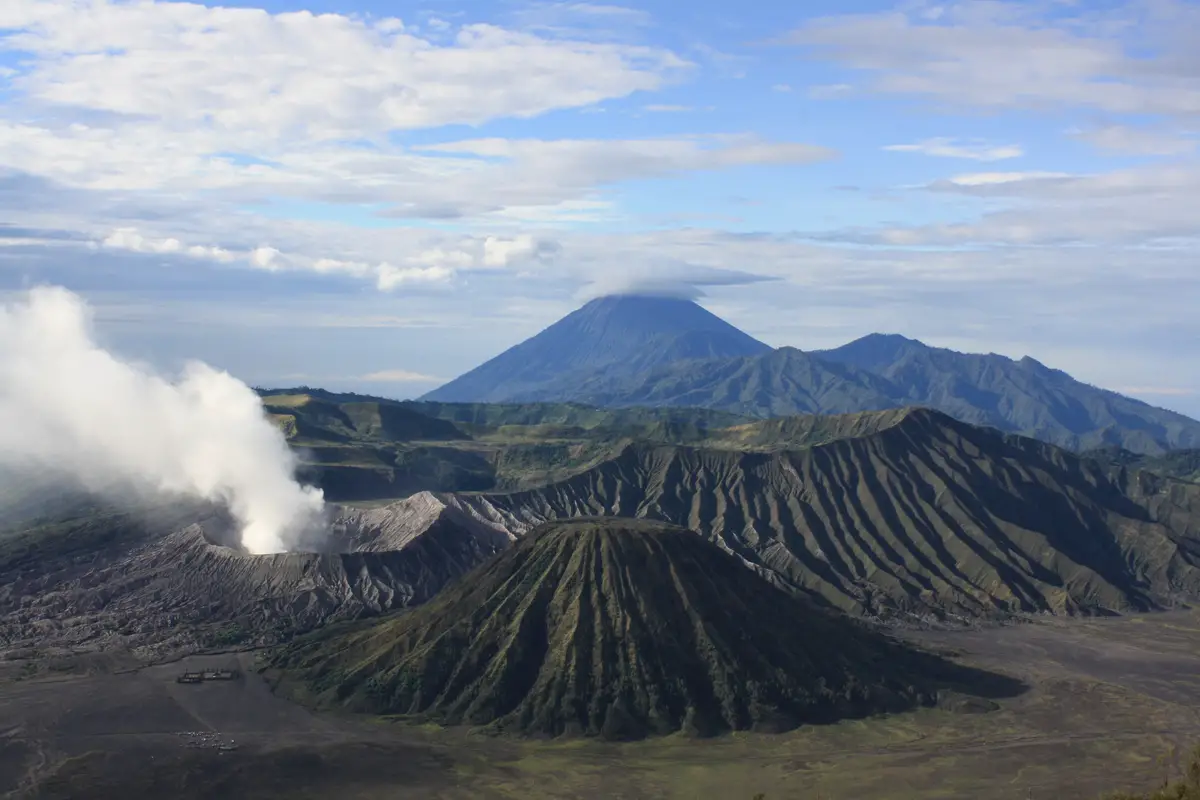
Wonders of Indonesia
Indonesia is a true land of wonders. There are few other countries in the world that can offer a similar array of diverse, unique, and beautiful natural and cultural monuments.

Early human finds
In this category have been included the most important and unusual places where have been found remains and other traces of activities by early humans (several species of them!) and other hominins.
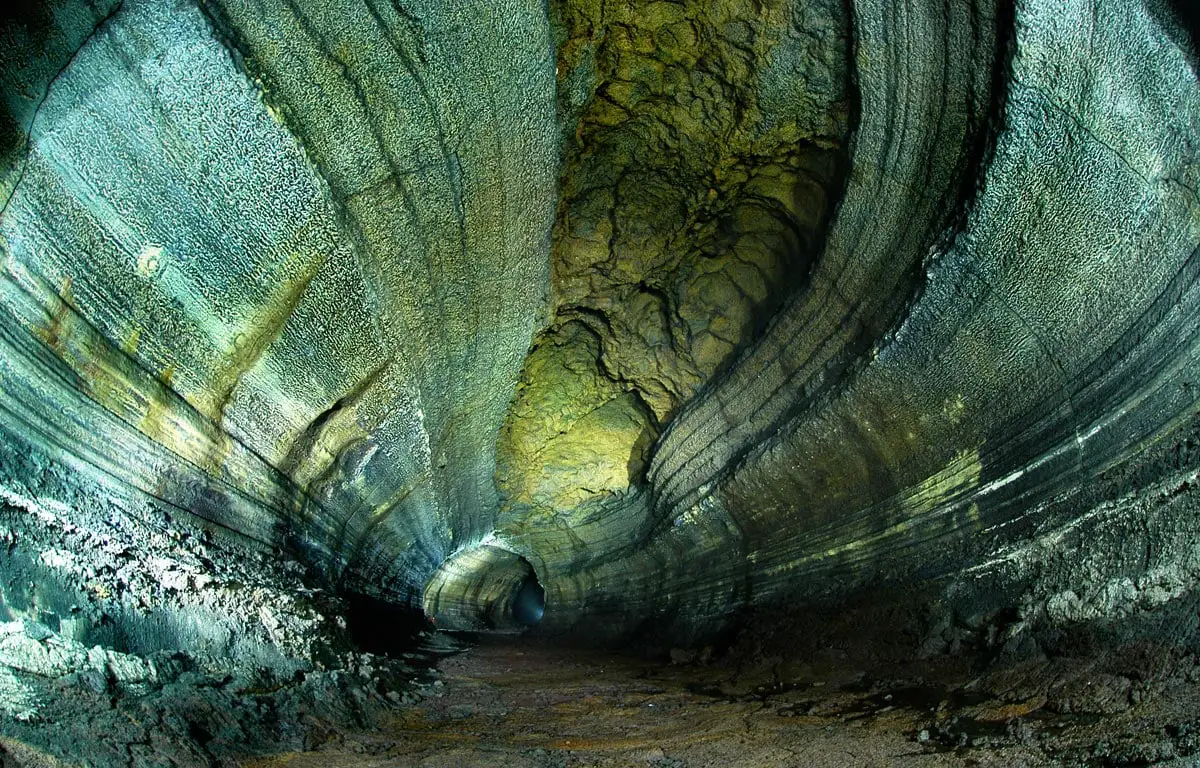
Caves
Every year there are reported exciting discoveries of new caves and discoveries of new qualities such as cave paintings in the ones known before. But there still is a feeling that our knowledge covers just a small part of all these monuments of nature.
Though, those which are known to us, offer a surprising diversity of unusual features and impressive sights.
 Recommended books
Recommended books
First Islanders: Prehistory and Human Migration in Island Southeast Asia
Incorporating research findings over the last twenty years, First Islanders examines the human prehistory of Island Southeast Asia. This fascinating story is explored from a broad swathe of multidisciplinary perspectives and pays close attention to migration in the period dating from 1.5 million years ago to the development of Indic kingdoms late in the first millennium CE.
Unlocking the Past: How Archaeologists Are Rewriting Human History with Ancient DNA
In Unlocking the Past, Martin Jones, a leading expert at the forefront of bioarchaeology — the discipline that gave Michael Crichton the premise for Jurassic Park—explains how this pioneering science is rewriting human history and unlocking stories of the past that could never have been told before. For the first time, the building blocks of ancient life—DNA, proteins, and fats that have long been trapped in fossils and earth and rock—have become widely accessible to science.

